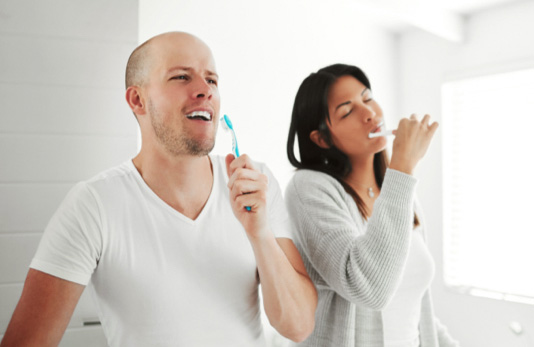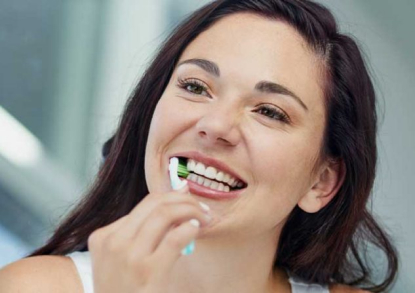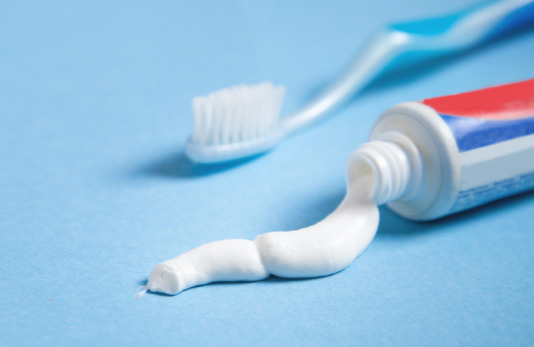How to choose the right toothpaste and toothbrush
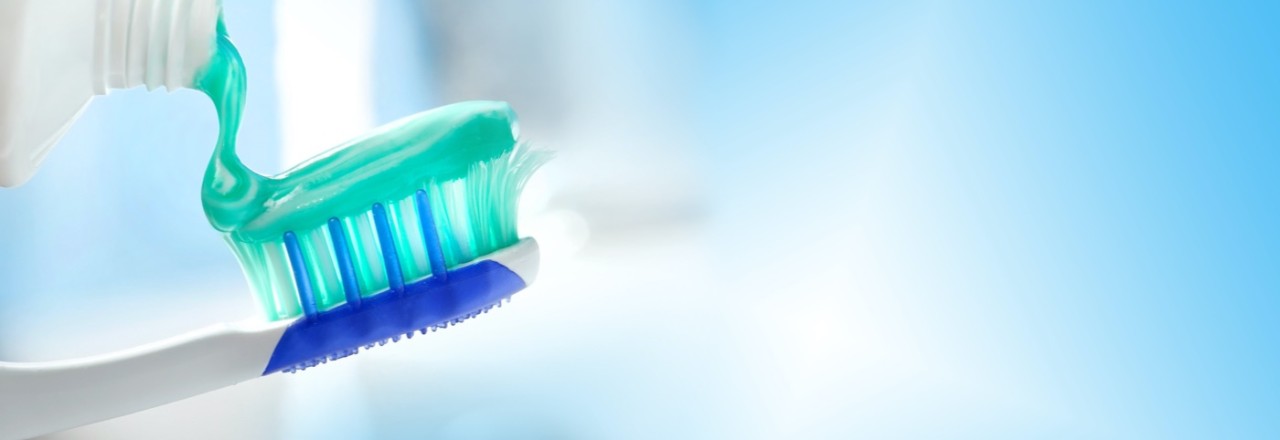
When you shop for a toothbrush or toothpaste, do you think about what you’re going to buy? The type of toothbrush or toothpaste you choose can make a big difference in keeping your teeth clean, and not all products are the same.
Your dentist can help you decide what tools are best for you. But here are some options to consider the next time you go shopping.
Selecting a toothpaste
Always choose a toothpaste with the American Dental Association (ADA) Seal of Acceptance. There are many types of toothpaste that treat different conditions:
- Anti-cavity. Almost all the options on the market contain fluoride, an important ingredient in fighting cavities. Fluoride helps prevent decay and strengthens tooth enamel.
- Anti-gingivitis. If your gums are red and bleeding, you might have gingivitis, a mild form of gum disease. Anti-gingivitis toothpaste can reduce oral bacteria and help stop this condition. Talk to your dentist, though, before using a product that fights gum or tooth discomfort. Gum and tooth pain or redness can be a sign of a more serious condition.
- Desensitizing. Have you ever taken a sip of hot coffee or a cold beverage and felt a shooting pain? You may have sensitive teeth. Desensitizing toothpaste helps reduce pain by blocking the tooth’s pain signal to the nerve. Again, talk to your dentist before using this type of toothpaste.
- Tartar-control. Tartar-control toothpaste helps prevent the buildup of tartar, which is hardened plaque. This product can help slow new buildup on teeth, but you’ll need a professional dental cleaning to remove existing tartar and bacteria.
- Whitening. Toothpaste that contains polishing or chemical agents can remove surface stains and help maintain the natural color of your teeth.
Selecting a toothbrush
There’s more to your brush than the color. (In case you’re wondering, the most popular toothbrush color is blue.) Here’s what to consider:
- Bristle firmness. Dentists recommend soft brushes for daily use because bristles that are too firm can damage enamel and gums. Unless your dentist tells you otherwise, reach for a brush labeled “soft” on the package.
- Bristle shape. Are the ends of the bristles blunt or rounded? This small detail can make a world of difference. Rounded bristles are less likely to damage delicate gum tissue.
- Bristle surface. The ends of the bristles can dip down, round up, go straight across or be at different lengths. For all-around cleaning, flat or multilevel bristles work best.
- Handle design. Choose what is most comfortable for you. All handles seem to be effective when used properly. Large-handled brushes are often easier for children to grip.
- Head shape and size. Toothbrushes come in all shapes and sizes. Choose the shape that is the most comfortable for your mouth. If you have a small mouth, go for a more compact brush.
- Electric toothbrushes. Electric toothbrushes are as effective as manual ones when you use proper brushing techniques. Electric brushes can be great for people who can’t reach the corners of their mouth or have trouble brushing for the recommended two minutes.
Your toothbrush won’t last forever. Three months is a typical lifespan, but whenever the bristles start to become bent, it’s time to go shopping.
Despite popular opinion, keeping your toothbrush covered is less sanitary than letting the brush air dry between uses. Keeping it open prevents the growth of bacteria on the bristles.
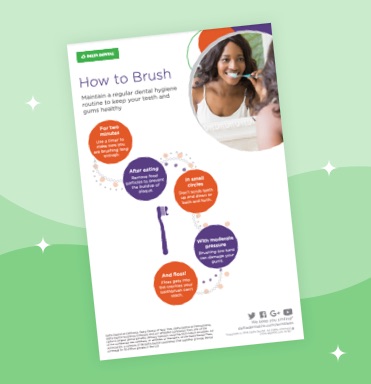
Last updated June 9, 2022
Related articles:
The oral health information on this website is intended for educational purposes only. Always consult a licensed dentist or other qualified health care professional for any questions concerning your oral health.
